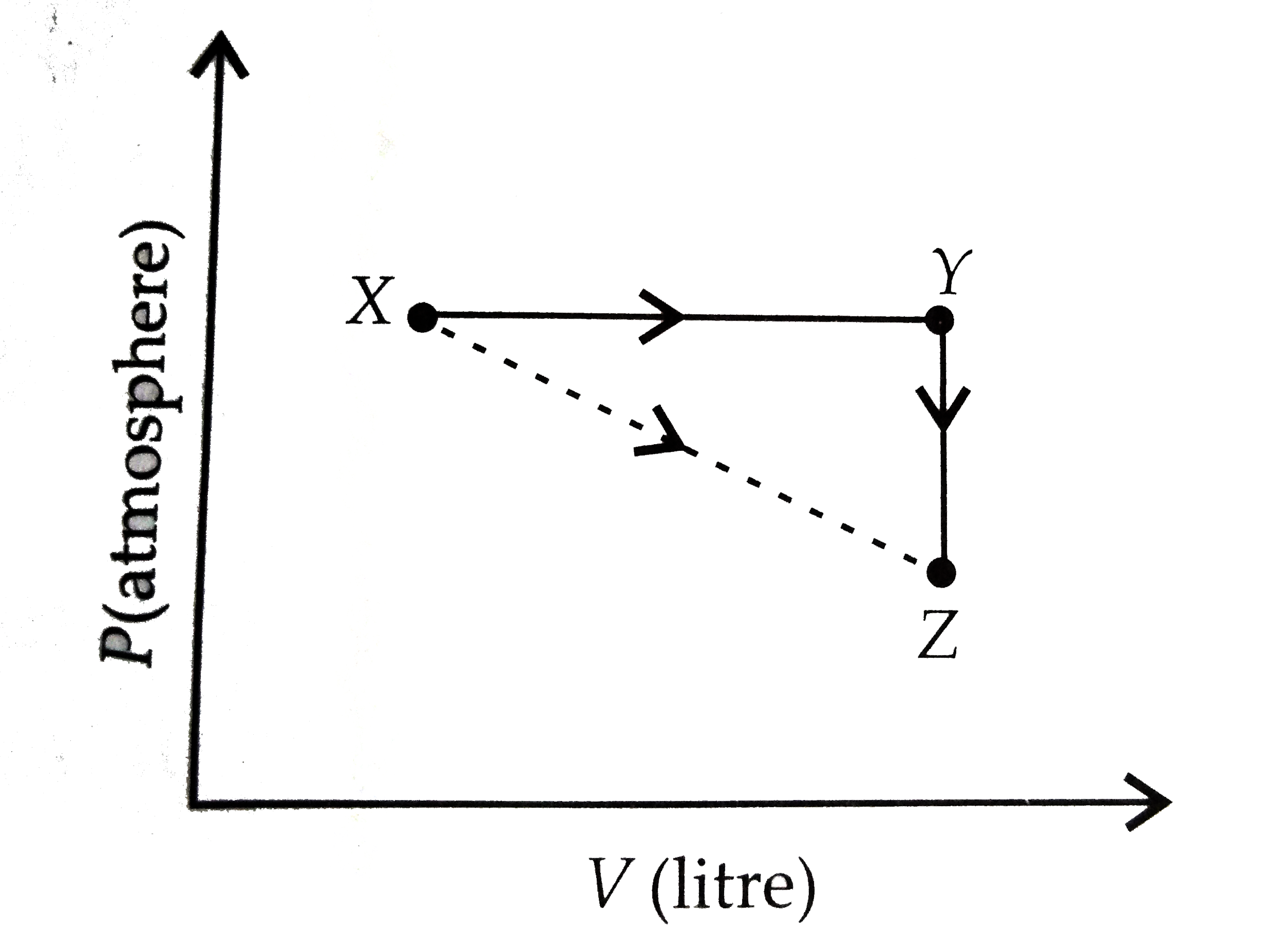A boy has two spare light bulbs in his drawer. One is market 220V and 100W and the other is market 240V and 60W. He tries to decide which of the following assertions are correct?
The 60W light bulb has more resistance and therefore burns less brightly
The 60W light bulb has less resistance and therefore burns less brightly
The 100W light bulb has more resistance and therefore burns more brightly
The 100W light bulb has less resistance and therefore burns more brightly
The correct Answer is:A
To solve the problem, we need to analyze the two light bulbs based on their voltage and power ratings. We will calculate their resistances and determine which bulb is brighter based on the resistance values.
Step 1: Identify the specifications of the bulbs
- Bulb 1: 220V, 100W
- Bulb 2: 240V, 60W
Step 2: Calculate the resistance of each bulb
The resistance R of a bulb can be calculated using the formula:
R=V2P
where V is the voltage and P is the power.
For Bulb 1:
R1=(220)2100=48400100=484Ω
For Bulb 2:
R2=(240)260=5760060=960Ω
Step 3: Compare the resistances
From our calculations:
- R1=484Ω
- R2=960Ω
Since R2>R1, we conclude that the resistance of Bulb 2 is greater than that of Bulb 1.
Step 4: Determine the brightness of the bulbs
The brightness of a bulb is related to the power it dissipates when connected to a circuit, which can be expressed as:
P=I2R
where I is the current flowing through the bulb. If we assume the current remains constant, the bulb with the higher resistance will dissipate more power and thus be brighter.
Since R2>R1, Bulb 2 (240V, 60W) will be brighter than Bulb 1 (220V, 100W) when both are connected to the same voltage source.
Conclusion
- Assertion: Bulb 2 (240V, 60W) will be brighter than Bulb 1 (220V, 100W) due to its higher resistance.
- Bulb 1: 220V, 100W
- Bulb 2: 240V, 60W
The resistance R of a bulb can be calculated using the formula:
R=V2P
where V is the voltage and P is the power.
R1=(220)2100=48400100=484Ω
R2=(240)260=5760060=960Ω
From our calculations:
- R1=484Ω
- R2=960Ω
The brightness of a bulb is related to the power it dissipates when connected to a circuit, which can be expressed as:
P=I2R
where I is the current flowing through the bulb. If we assume the current remains constant, the bulb with the higher resistance will dissipate more power and thus be brighter.
- Assertion: Bulb 2 (240V, 60W) will be brighter than Bulb 1 (220V, 100W) due to its higher resistance.
Topper's Solved these Questions
- BOOK - NCERT FINGERTPS ENGLISHCHAPTER - CURRENT ELECTRICITYEXERCISE - COMBINED OF RESISTORS;23videos
CURRENT ELECTRICITY
- BOOK - NCERT FINGERTPS ENGLISHCHAPTER - CURRENT ELECTRICITYEXERCISE - CELLS, EMF, INTERNAL RESISTANCE6videos
CURRENT ELECTRICITY
- BOOK - NCERT FINGERTPS ENGLISHCHAPTER - CURRENT ELECTRICITYEXERCISE - TEMPERATURE DEPENDENCE OF RESISTIVITY7videos
CURRENT ELECTRICITY
- BOOK - NCERT FINGERTPS ENGLISHCHAPTER - COMMUNITCATION SYSTEMSEXERCISE - Assertion And Reason30videos
COMMUNITCATION SYSTEMS
- BOOK - NCERT FINGERTPS ENGLISHCHAPTER - DUAL NATURE OF RADIATION AND MATTER EXERCISE - Assertion And Reason15videos
DUAL NATURE OF RADIATION AND MATTER
Similar Questions
For an ideal gas, consider only P−V work in going from an initial state X to the final state Z. The final state Z can be reached by either of the two paths shown in the figure. Which of the following choice(s) is (are) correct? [Take ΔS as change in entropy and w as work done]
 View Solution
View SolutionFor an ideal gas, consider only P-V work in going from an initial state X to the final state Z. The final state Z can be reached by either of the two paths shown in the figure. Which of the following choice(s) is(are) correct? [Take ΔS as change in entropy and w as work done]
 View Solution
View Solution
Knowledge Check
- Question 1 - Select One
A light bulb is rated at 100 W for a 220 V ac supply . The resistance of the bulb is
A284ΩB384ΩC484ΩD584Ω
Two bulbs having rating of 60 W, 220 V and 100 W, 220 V are joined (i) in series, (ii) in parallel. Which of the two will glow brighter in each case?
View SolutionTwo particle A and B start moving due to their mutual interaction only. If at any time t, →aA and →aB are their respective accelerations, →vA and →vB are their respective velocities, and upto that time WA and WB are the work done on A and B respectively by the mutual force, mA and mB are their masses respectively, then which of the following is always correct.
View SolutionTwo bulbs are marked 100 W, 220 V and 60 W, 110 V. Calculate the ratio of their resistances.
View SolutionTwo bulbs are marked 100 W, 220 V and 60 W, 110 V. Calculate the ratio of their resistances.
View SolutionTwo electic bulbs marked 25W−220V and 100W−220V are connected in series to a 440 V supply. Which of the bulbs will fuse?
View SolutionTwo bulbs of rated power 60W and 100W same specified voltage 220 V are connected in series to a 440 V DC source
View SolutionTwo bulbs are marked 220 V, 100 W and 220 V, 50W respectively. They are connected in series to 220 V mains. Find the ratio of heats generated in them.
View Solution

